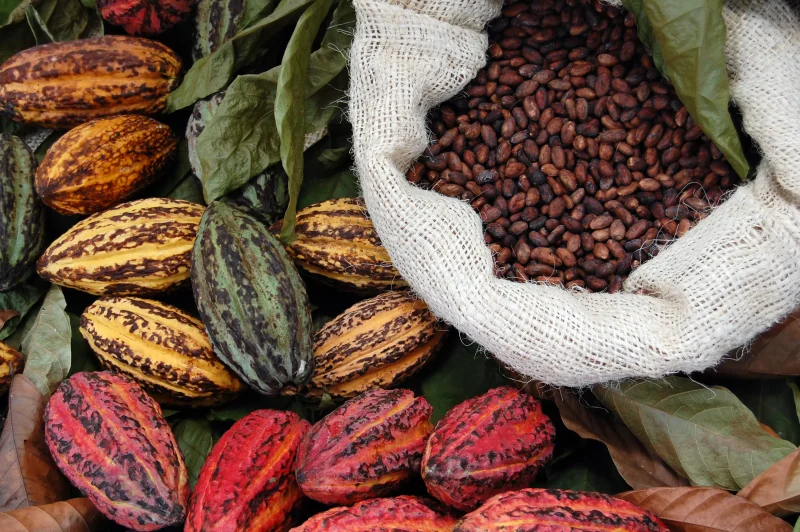Cocoa Prices Climb Again as Supply Slumps
The global cocoa market is experiencing significant price increases once again as reports indicate a sharp drop in cocoa supply levels. This latest development is causing concerns among industry players and chocolate enthusiasts alike, as higher prices could potentially lead to increased costs and impact affordability for consumers.
The current surge in cocoa prices can be attributed to multiple factors, with supply dynamics playing a crucial role. Reports from major cocoa-producing regions, such as West Africa, indicate a decline in cocoa output due to various factors including adverse weather conditions, pest infestations, and logistical challenges. These constraints have led to a reduction in supply levels, putting upward pressure on prices in the international market.
In addition to supply challenges, the cocoa industry is also facing other issues that are exacerbating the price increases. Rising demand for chocolate products in emerging markets, coupled with changing consumer preferences for high-quality and sustainably sourced cocoa, is further straining the already constrained supply chain. This growing demand-supply imbalance is intensifying market volatility and driving prices higher.
Furthermore, global economic factors, such as currency fluctuations and trade policies, are adding another layer of complexity to the cocoa market dynamics. Uncertainties surrounding trade agreements, tariffs, and exchange rates have the potential to impact cocoa prices by influencing production costs, export volumes, and market competitiveness.
The implications of soaring cocoa prices are widespread and not limited to the chocolate industry alone. Consumers can expect to see higher prices for their favorite chocolate bars, as manufacturers may pass on the increased production costs to maintain profit margins. This could potentially lead to a shift in consumer behavior, with some opting for alternative treats or reducing their chocolate consumption.
On the other hand, cocoa farmers in producing countries may benefit from the price hikes, as they stand to earn more from their harvests. However, this potential upside must be balanced against the long-term sustainability of the cocoa industry, as erratic price fluctuations can make it challenging for farmers to plan and invest in their crop cultivation.
In response to the current price environment, industry stakeholders are exploring various strategies to mitigate the impact of rising cocoa prices. This includes investing in sustainable farming practices, improving supply chain efficiency, and enhancing transparency and traceability in the cocoa trade. Collaborative efforts between governments, NGOs, and private sector players are essential to address the underlying issues facing the cocoa industry and ensure its long-term viability.
As the cocoa market continues to navigate through the challenges of supply constraints and price fluctuations, stakeholders across the value chain must adapt and innovate to build a resilient and sustainable industry. By fostering collaboration, promoting responsible sourcing practices, and prioritizing the well-being of cocoa farmers and communities, the chocolate industry can weather the storm and continue to delight consumers with their favorite indulgence.




























